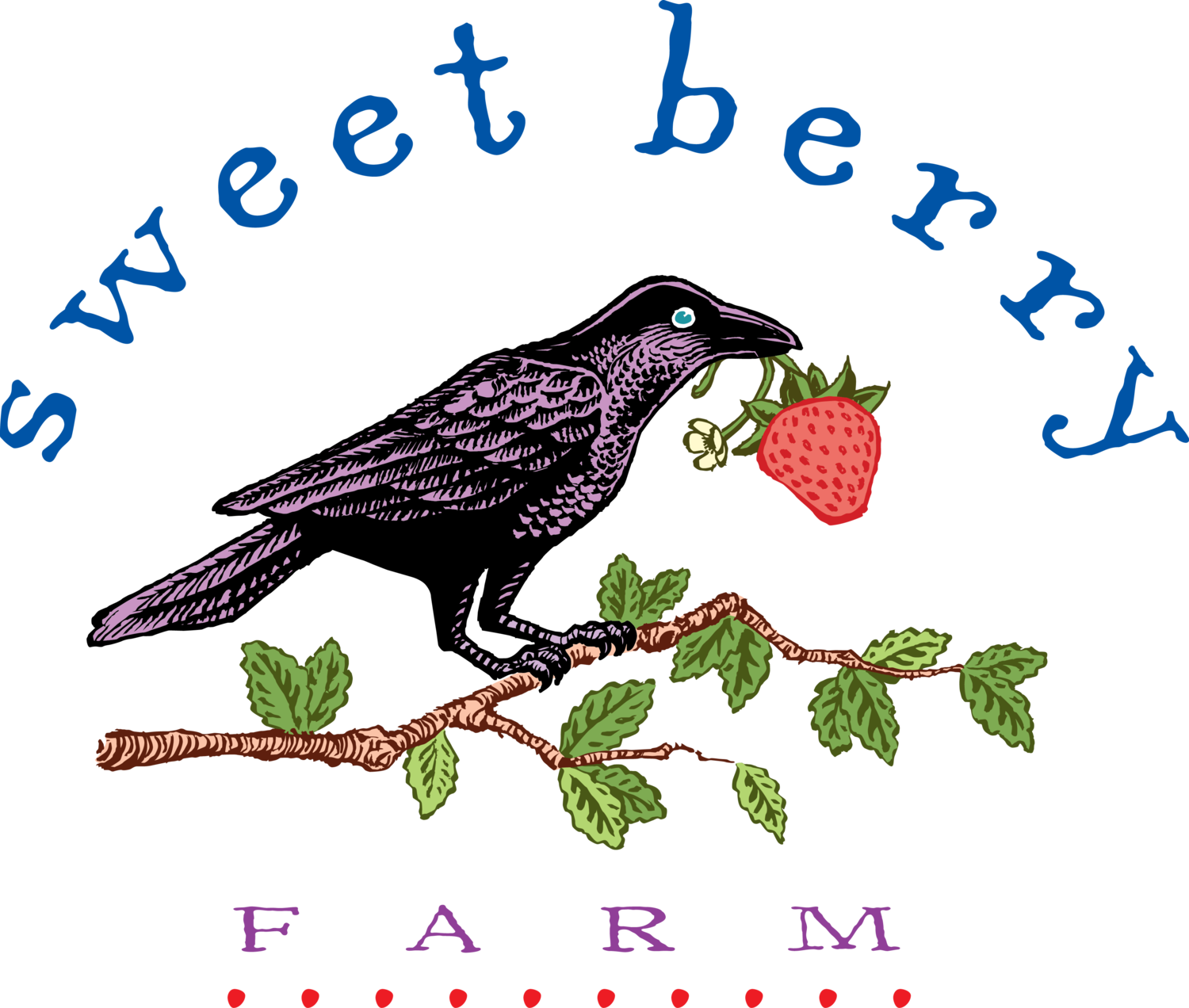By Jan Eckhart
Part of the appeal of eating local food is the knowledge that it’s been grown responsibly and with extra care. Some farms you can visit and get to know the farmers who grow your food, like Sweet Berry Farm. Farms like these help build a connection between food and farming and gives us an appreciation for what it takes to get food to your plate.
We take our growing methods seriously at Sweet Berry. To ensure the food we produce is as healthful as possible, we practice Integrated Pest Management (IPM). It allows us to protect our plants from pests using very gentle methods.
I’ll give you some examples. Every morning, I log-on to a website that helps me predict what insects and pathogens may be headed towards the farm. They tend to migrate, so we start to prepare for them as they work their way up the coast. I monitor patterns across the Eastern Sea Board, from Florida to Rhode Island. If it appears that the pests won’t affect our farm then there’s no need for us to spray our crops. I eat this food, too! And just like you, I don’t want a bunch of chemicals on my food.
Another IPM method we find effective is pheromone strips. Moths can cause a lot of damage to our fruit. After mating they dig into our trees and fruit to lay their eggs. We hang the pheromone strips strategically around the orchard to confuse the moths. It prevents them from mating and essentially eliminates the next generation of moths without the need to spray an insecticide.
Spraying with natural oils, like corn oil, is another IPM approach. I monitor the trees carefully in the spring. If I see mite eggs I’ll spray the tree with oil to smother the eggs and cut off the oxygen. The eggs won’t hatch and the fruit remains pesticide-free.
I can avoid spraying pesticide by inspecting the leaves in the orchard with a magnifying glass. What I’m looking for is a healthy balance between “bad” mites and “good” mites. To us, the bad mites are the herbivores that chew up our crops. The good mites are those that eat the bad mites. We don’t have to spray the trees if there are enough good mites present to keep the bad ones in check. Once the population favors the bad mites, we have to intervene. We don’t have to spray at all when the good mites dominate.
Understanding the behavior of pests is really the key to IPM. The squash beetle likes to terrorize our pumpkins, squash, and melons. Their favorite food is the blue hubbard squash. We trap the beetles by planting blue hubbards around the perimeter of our pumpkin patch. When the insects come in through the hedgerows, they encounter their favorite food and don’t go any further into the patch. We spray the blue hubbard squash to get rid of the insects and the remaining crop never gets sprayed.
IPM means thinking outside the mainstream of pest management. While it may be simpler to follow a standard pesticide routine, we believe our hard work pays off in the flavor and purity of our crops. To us, that’s worth every ounce of effort.

